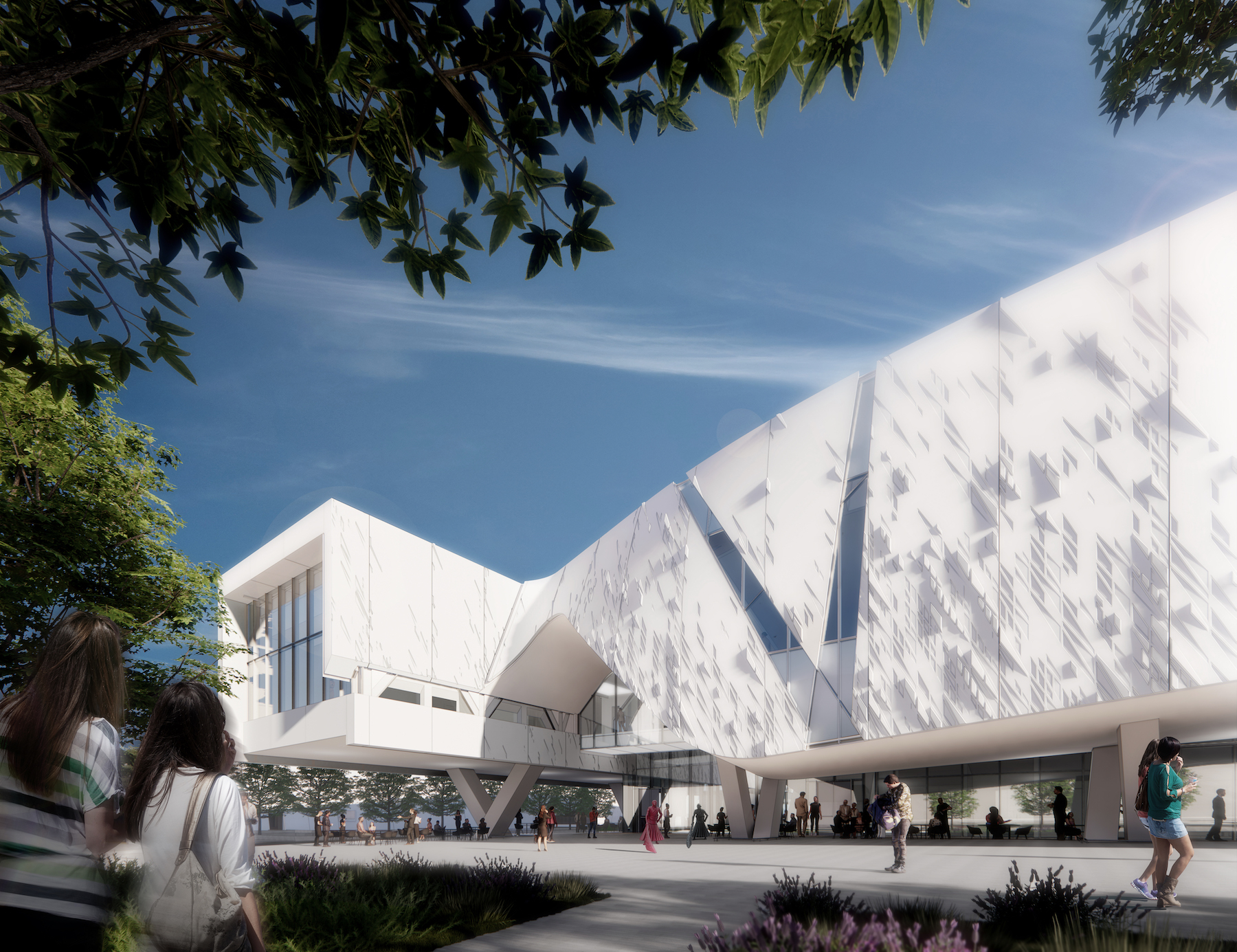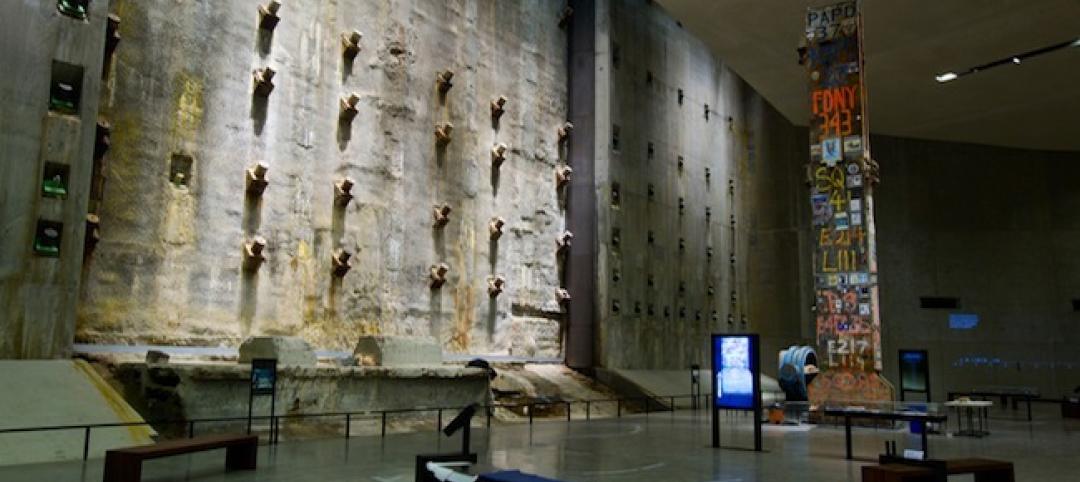The University of Texas at Dallas (UT Dallas) recently broke ground on the Crow Museum of Asian Art, the first phase of a new 12-acre cultural district on campus. The Edith and Peter O’Donnell Jr. Athenæum will be an arts destination for students, faculty, and community.
Designed by global architecture and design firm Morphosis, the arts campus will create a new gateway to the university and include a performance hall, a museum for the traditional arts of the Americas, a central plaza, and a parking structure. The Athenaeum is part of a significant period of growth of the arts at UT Dallas, a school that has historically focused on science, engineering, technology, and business.
The cohesive and dynamic vision for the Athenæum is intended to establish UT Dallas as a cultural hub with outdoor features including landscaped gardens, tree-lined walkways, paved open spaces with benches and water features, an amphitheater, and public sculptures. The plan knits together the buildings within the Athenæum and provides important pedestrian connections to the rest of the campus.
The two-story, 68,000 sf Crow Museum, which includes 12,000 sf of contiguous outdoor space for programs and events, will be completed in Phase I in 2024. It will have 16,000 sf of flexible gallery space to display the collection’s diverse selection of Asian art with ancient and contemporary works from Cambodia, China, India, Indonesia, Japan, Korea, Myanmar, Nepal, Pakistan, Thailand, Tibet, and Vietnam. The museum will also house a state-of-the-art conservation lab, classroom spaces, administrative offices, and the Brettell Reading Room.
Another building, a two-story 53,000 sf performance hall, will include a 600-seat concert venue, practice rooms, choral and orchestra rehearsal rooms, to be constructed in Phase II. A two-story 50,000 sf museum for the traditional arts of the Americas will be completed in Phase III. A three-story 1,100-car parking structure with two levels above grade and one basement-level walk-out will serve the Athenæum and campus.
The three cultural buildings are designed with second floors that are larger than the ground floor, creating covered exterior spaces that can be used for studying, building entry, daytime and nighttime events and gatherings, performances, art display, and everyday campus life. Each building is clad with white precast concrete panels featuring a three-dimensional pattern created through an innovative process designed by Morphosis.
Building Team:
Owner: University of Texas at Dallas
Design architect: Morphosis
Architect of record: GFF
Design MEP Engineer: Buro Happold
MEP Engineer of Record: Campos Engineering
Structural engineer: Datum Engineers
General contractor/construction manager: The Beck Group
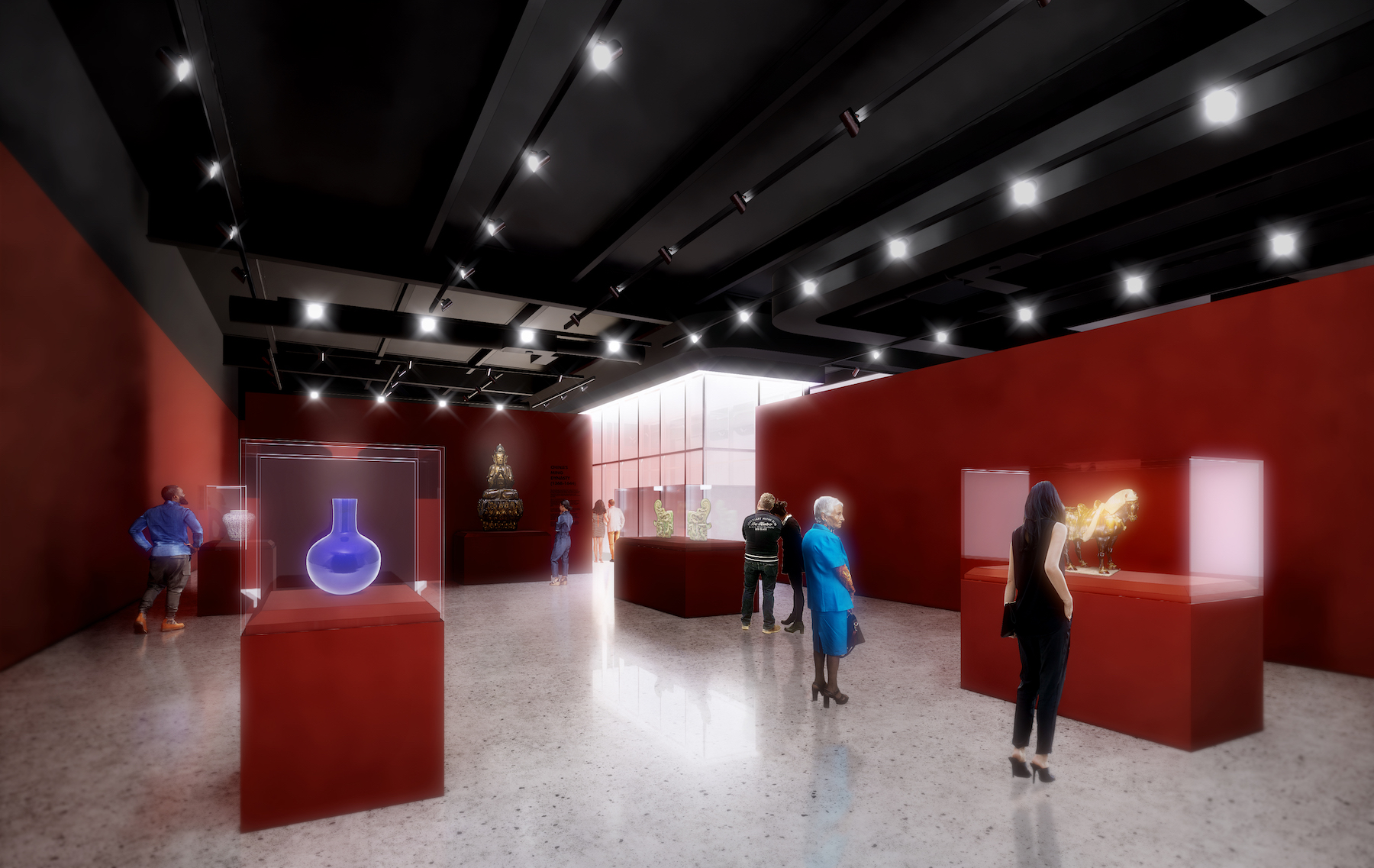
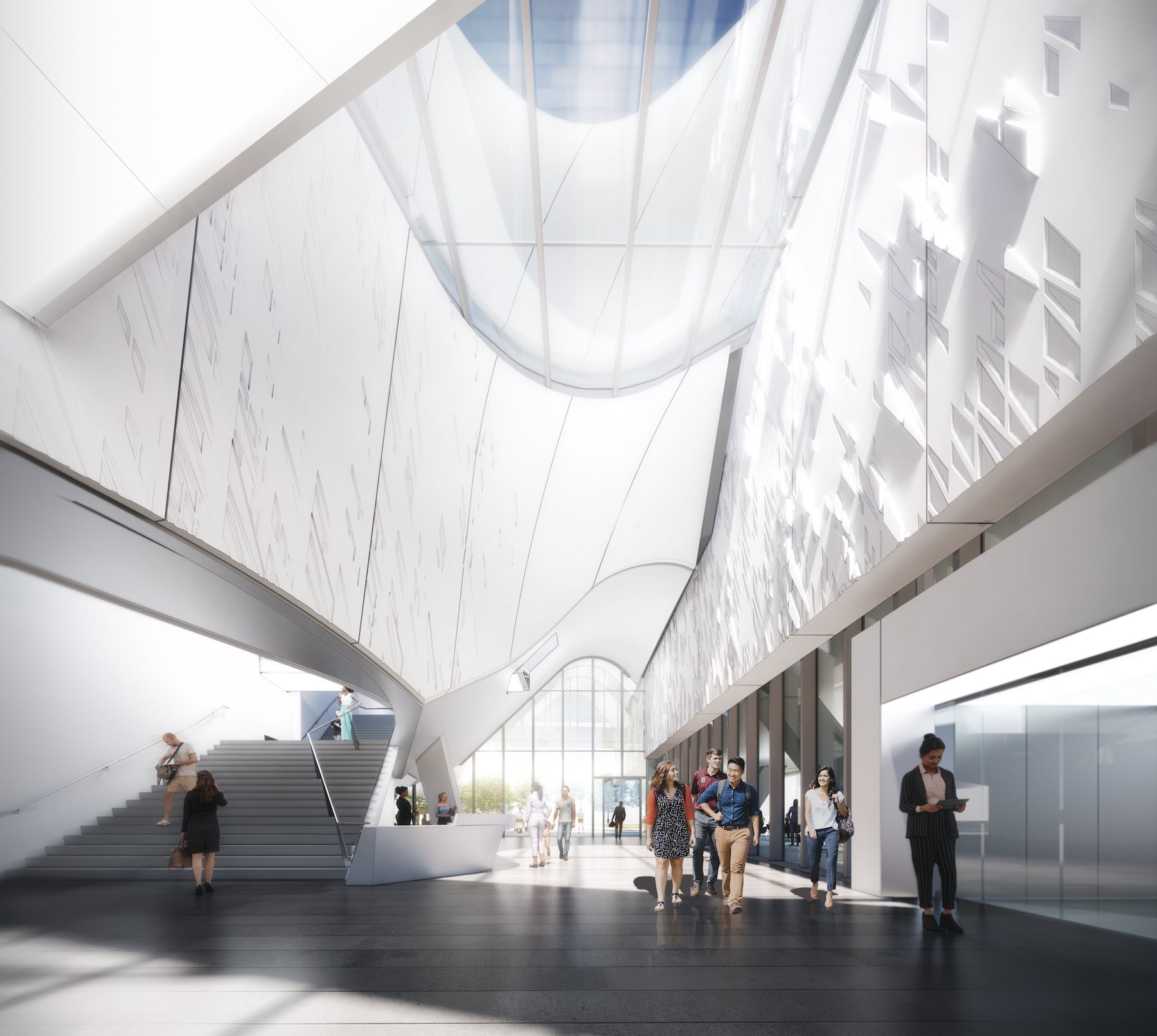
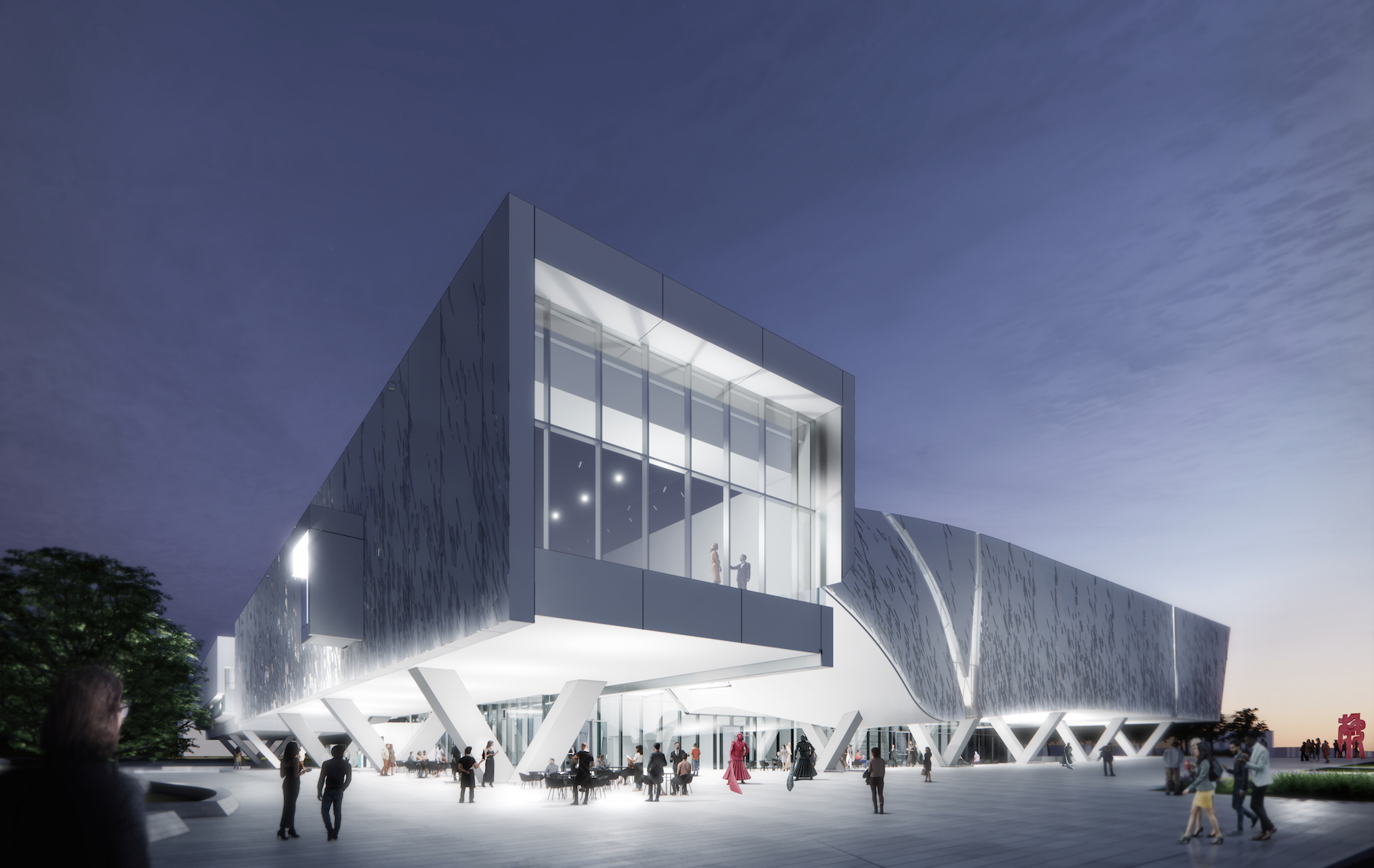
Related Stories
| Jun 4, 2014
Want to design a Guggenheim? Foundation launches open competition for proposed Helsinki museum
This is the first time the Guggenheim Foundation has sought a design through an open competition. Anonymous submissions for stage one of the competition are due September 10, 2014.
| May 29, 2014
7 cost-effective ways to make U.S. infrastructure more resilient
Moving critical elements to higher ground and designing for longer lifespans are just some of the ways cities and governments can make infrastructure more resilient to natural disasters and climate change, writes Richard Cavallaro, President of Skanska USA Civil.
| May 23, 2014
Big design, small package: AIA Chicago names 2014 Small Project Awards winners
Winning projects include an events center for Mies van der Rohe's landmark Farnsworth House and a new boathouse along the Chicago river.
| May 22, 2014
IKEA to convert original store into company museum
Due to open next year, the museum is expected to attract 200,000 people annually to rural Älmhult, Sweden, home of the first ever IKEA store.
| May 21, 2014
Gehry unveils plan for renovation, expansion of Philadelphia Museum of Art [slideshow]
Gehry's final design reorganizes and expands the building, adding more than 169,000 sf of space, much of it below the iconic structure.
| May 20, 2014
Kinetic Architecture: New book explores innovations in active façades
The book, co-authored by Arup's Russell Fortmeyer, illustrates the various ways architects, consultants, and engineers approach energy and comfort by manipulating air, water, and light through the layers of passive and active building envelope systems.
| May 19, 2014
What can architects learn from nature’s 3.8 billion years of experience?
In a new report, HOK and Biomimicry 3.8 partnered to study how lessons from the temperate broadleaf forest biome, which houses many of the world’s largest population centers, can inform the design of the built environment.
| May 15, 2014
First look: 9/11 Memorial Museum opens to first-responders, survivors, 9/11 families [slideshow]
The 110,000-sf museum is filled with monumental artifacts from the tragedy and exhibits that honor the lives of every victim of the 2001 and 1993 attacks.
| May 13, 2014
19 industry groups team to promote resilient planning and building materials
The industry associations, with more than 700,000 members generating almost $1 trillion in GDP, have issued a joint statement on resilience, pushing design and building solutions for disaster mitigation.
| May 13, 2014
Libeskind wins competition to design Canadian National Holocaust Monument
A design team featuring Daniel Libeskind and Gail Dexter-Lord has won a competition with its design for the Canadian National Holocaust Monument in Toronto. The monument is set to open in the autumn of 2015.


